Differences between STL and CAD formats.
A 3d scanner, when scanning real objects, doesn’t use knowledge on their structure and form. It works by the principle of maximally detailed repetition of what it sees. A scan result is discrete representation of a scanned object, i.e. a large set of 3d points that lie on its surface and are connected into triangles. A home scanner of photos does the same, i.e. without considering of what exactly shown on a photo. A file of BMP or JPG format with an image produced in large quantity of color pixels is being obtained at its output. A file of STL format with triangles is being obtained in case of a 3d scanner. BMP and STL are discrete representations of complex structure objects.

STL – discrete representation of a wheel disk.
The discrete representation is quite enough for some applications. Scanned photos might be stored, shown to friends, changed by simple operations (cutting, turning, minimizing, etc.) even printed, if scan resolution was high enough.
The discrete representation is not enough for the other operations. First of all, a scanned text for farther usage should be made editable, for instance, in DOC or TXT format. There are some automated means of text recognition that allow to make it effectively, however, a result anyway should be checked and corrected by an operator.
Quality printing at typography requires transformation of all images and even fonts into a vector format (CorelDraw, Adobe Illustrator file and others). It is especially related to logotypes and emblems. A special feature of vector formats is mathematical correctness of contours at any scale and resolution. Besides scaling, an object of a vector format has more capabilities for other editing.
If transformed into a vector shape, an object form becomes mathematically correct. Portions become ideally smooth; rounding is being done by a part of circle, ellipse or mathematical curve. Accidental unevenness, noise, etc. are eliminated. The same happens, if discrete STL format is transformed into CAD format (IGES, STP, etc.). An object is being turned from millions of triangles into a set of cylinders, planes, smooth surfaces, etc.
The discrete representation is not enough for the other operations. First of all, a scanned text for farther usage should be made editable, for instance, in DOC or TXT format. There are some automated means of text recognition that allow to make it effectively, however, a result anyway should be checked and corrected by an operator.
Quality printing at typography requires transformation of all images and even fonts into a vector format (CorelDraw, Adobe Illustrator file and others). It is especially related to logotypes and emblems. A special feature of vector formats is mathematical correctness of contours at any scale and resolution. Besides scaling, an object of a vector format has more capabilities for other editing.
If transformed into a vector shape, an object form becomes mathematically correct. Portions become ideally smooth; rounding is being done by a part of circle, ellipse or mathematical curve. Accidental unevenness, noise, etc. are eliminated. The same happens, if discrete STL format is transformed into CAD format (IGES, STP, etc.). An object is being turned from millions of triangles into a set of cylinders, planes, smooth surfaces, etc.

A wheel disk in the vector format: as a set of patches obtained automatically based on STL in a CAD program.
In order to transform a discrete shape into a vector one, there are means that significantly simplify such work, for instance, automatic obtaining a surface in shape of patches. However it is not possible to completely exclude the qualified specialist work form this process at the current stage of equipment development. A computer can’t independently identify so far, if an edge should be sharp or beveled. If it should be beveled: is a chip in the center of the object a defect or its important geometrical part? Besides, substitution of discrete representation with a math model always supposes some errors. Choice of a model, control of precision and correctness of entire result depend on a specialist, who does the work.

Initial object, STL and CAD formats.
Full rate transformation into CAD is usually required for a task of reverse engineering, when it is necessary to obtain drawings. However not always reconstruction of a CAD model against the STL is required. When scanning artworks, for instance, statues, plasterwork, wood carving it is very important to convey the special form an author has incorporated in own work. Drawings are not necessary. The STL format is quite good for visualization and making copies by 3d mill lathes and 3d printers. May be, such operations as noise elimination, hole covering and scaling will be necessary. Transformation into CAD in this case is not only laborious, but also harmful due to accuracy loss. Prior to the 3d scanning stage it is important to understand: is a CAD model should be built on the STL basis or discrete representation will be enough? This will allow to correctly evaluate a work scope and requirements for a STL file obtained during scanning.


